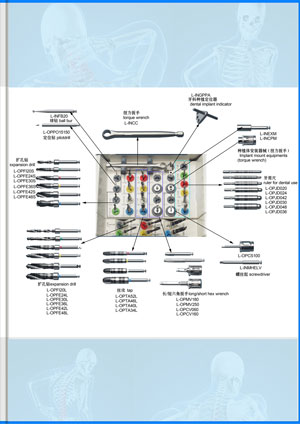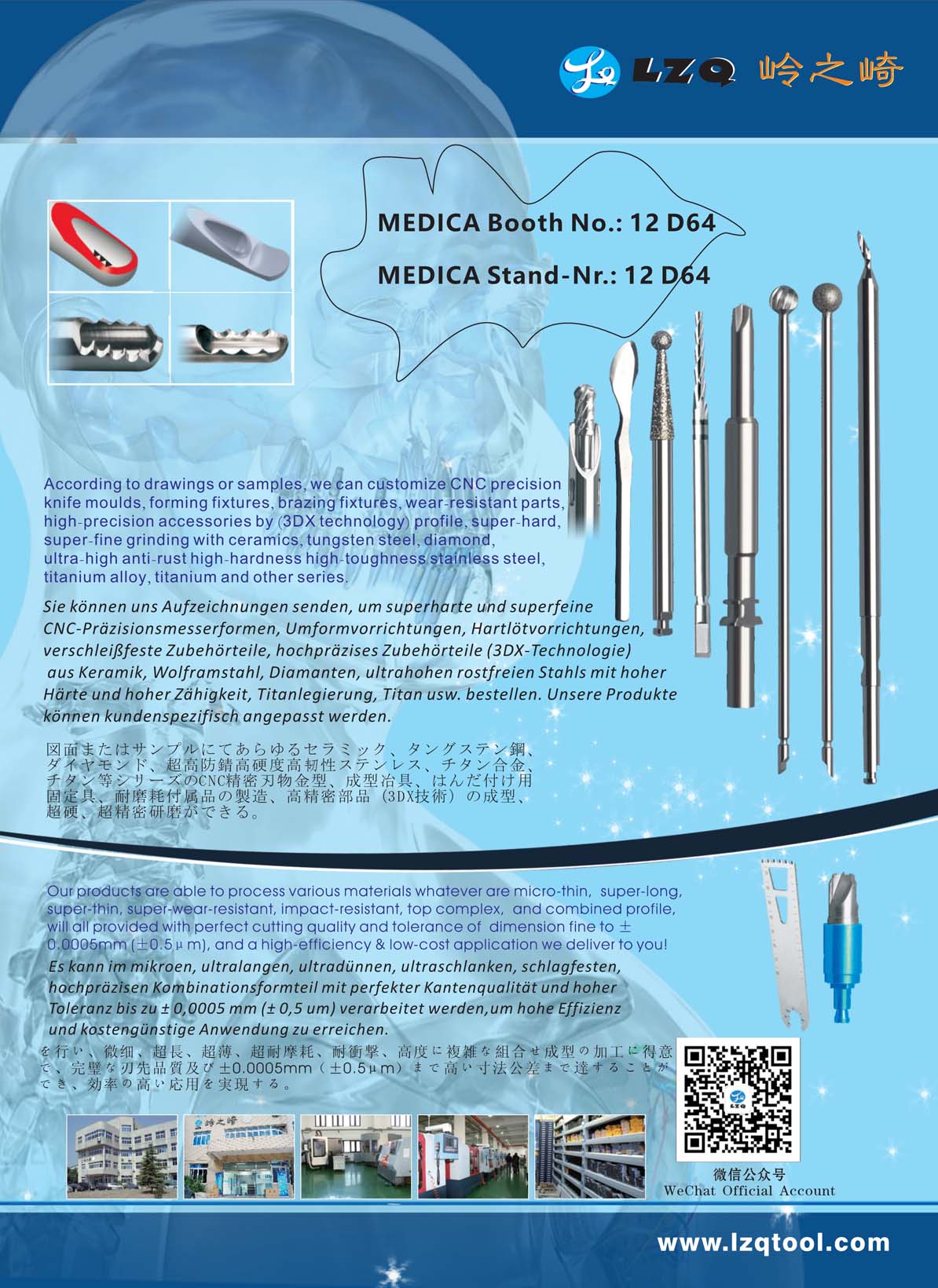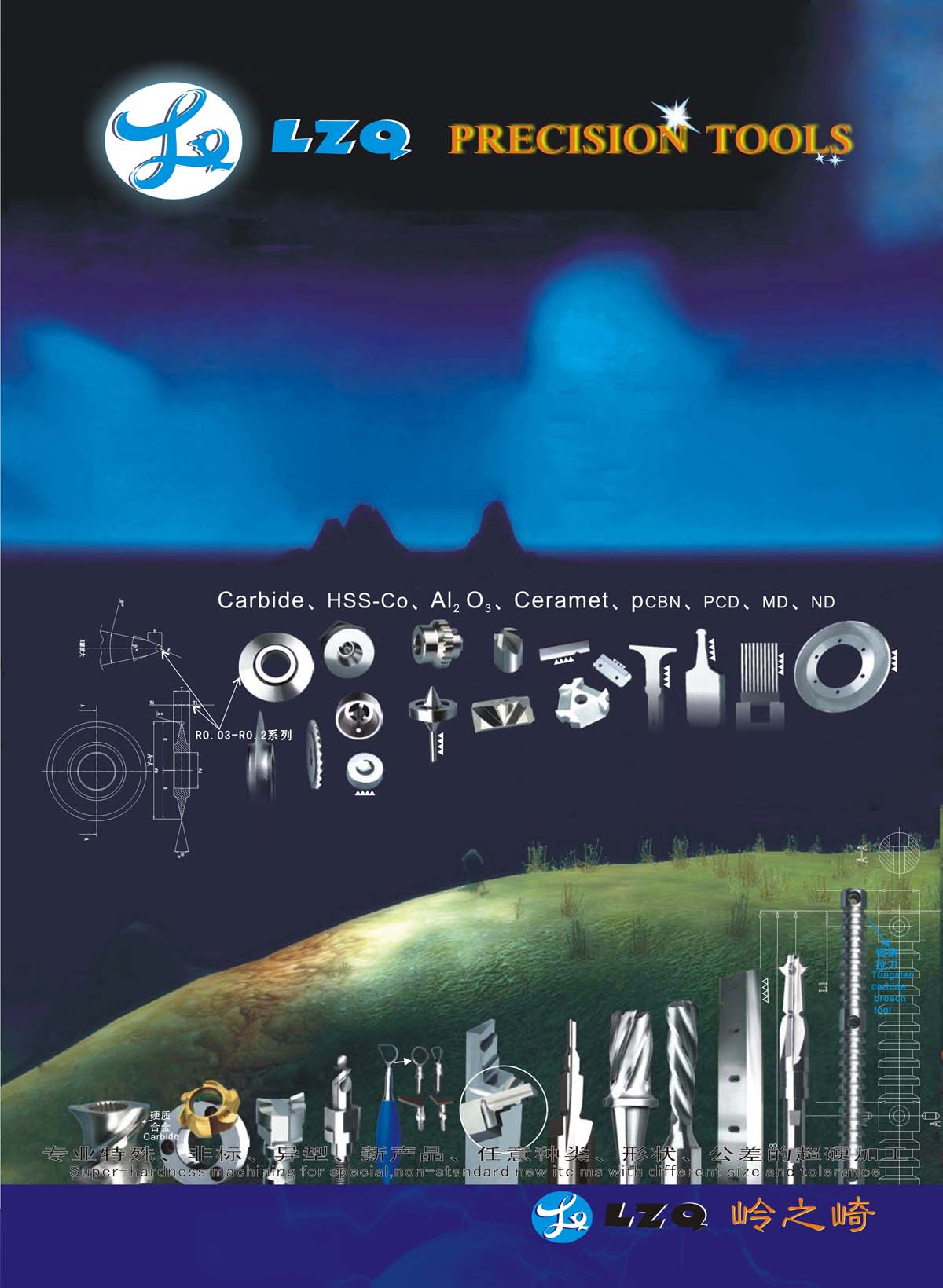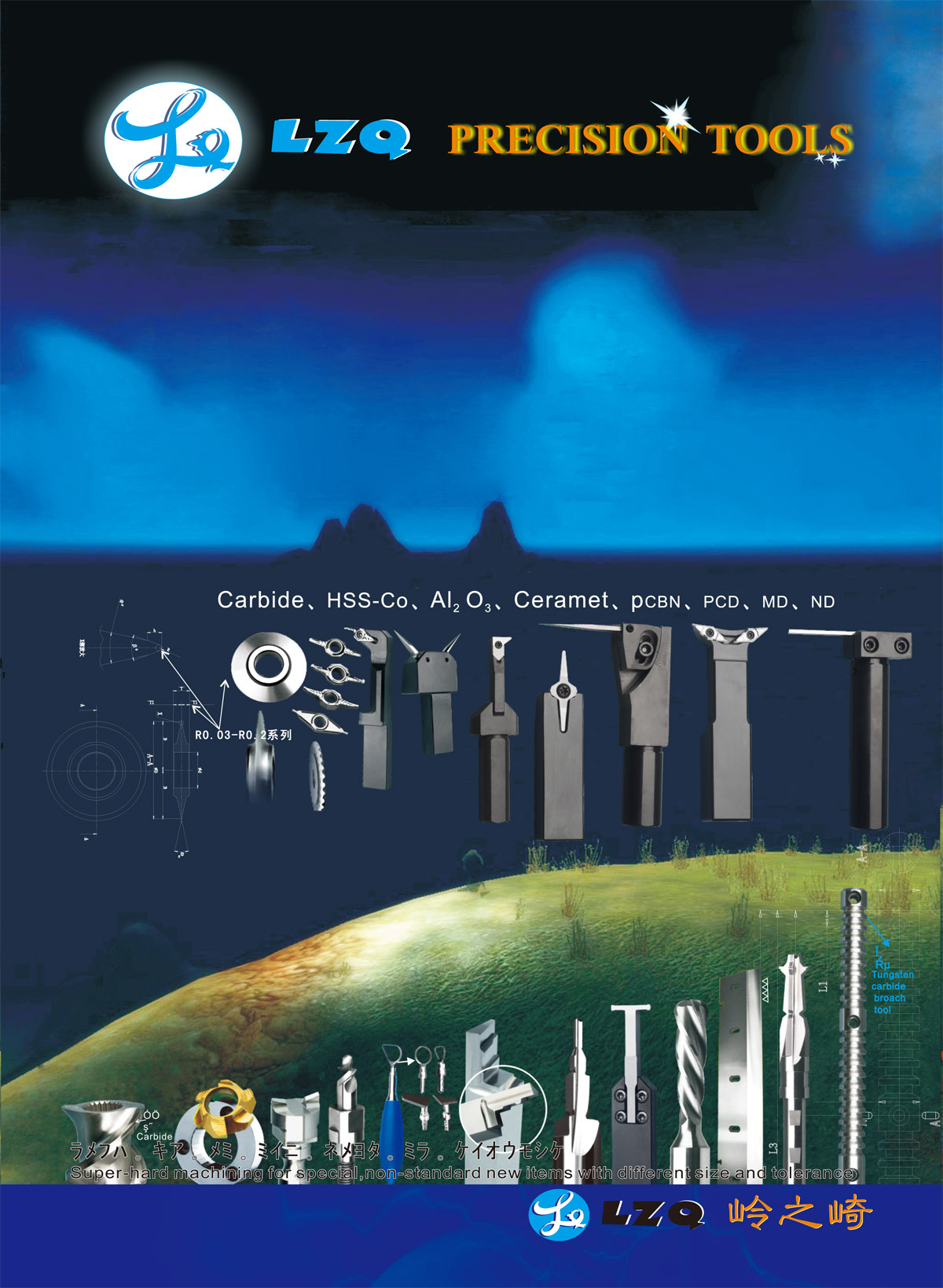Product Details
Material grade:
① ultra-high anti-rust high wear-resistant stainless steel series (AA)(HRC54°±2°Section) (regular stock)
② general standard anti-rust, high wear-resistant and ultra-high wear-resistant series (A)(HRC45°~64°Section series)(regular stock)
③ Super high wear resistant high-grade high cobalt powder steel ASP60A(HRC70°±2°section series)
④ ultra-high wear-resistant hard alloy series(AA) (HRA87°~94°series)
Corresponding and matching drills and tools of different types, forms, shapes, structures can be high precisely ground to mold according to different brands and different types of implants forms, shapes, structures, etc.
LZQ can produce extremely complex and precision shapes. Tools and cutters can be with laser segmentation, different colors of color ring, different colors of coating, inner hole ... ...different requirements, as long as there are samples or CAD drawings, we can achieve molding processing.
Advances made in surgical approach all through the 18th century, such as John Hunter's research on tendon healing and Percival Pott's work on spinal deformity progressively improved the vary of new strategies available for fantastic treatment. Antonius Mathijsen, a Dutch military surgeon, invented the plaster of Paris cast in 1851. However, up until the 1890s, orthopedics was once still a study restrained to the correction of deformity in children. One of the first surgical strategies developed was percutaneous tenotomy. This concerned cutting a tendon, in the beginning the Achilles tendon, to help deal with deformities alongside bracing and exercises. In the late 1800s and first a long time of the 1900s, there was once widespread controversy about whether or not orthopedics need to consist of surgical techniques at all.

 +86-021-50327060
+86-021-50327060
 zq@lzqtech.com
zq@lzqtech.com
 Medical Instrument
We can achieve perfect edge quality and dimensional tolerance up to±0.0005mm (±0.5μm) in the process of micro, ultra-long, ultra-thin, super-abrasive, impact-resistant, high-precision and combined ... VIEW MORE
Medical Instrument
We can achieve perfect edge quality and dimensional tolerance up to±0.0005mm (±0.5μm) in the process of micro, ultra-long, ultra-thin, super-abrasive, impact-resistant, high-precision and combined ... VIEW MORE Implant
Corresponding and matching drills and tools of different types, forms, shapes, structures can be high precisely ground to mold according to different brands and different types of implants forms, shap... VIEW MORE
Implant
Corresponding and matching drills and tools of different types, forms, shapes, structures can be high precisely ground to mold according to different brands and different types of implants forms, shap... VIEW MORE Cutting Tools
Super-hardness machining for special, non-standard new ite ms with different size and tolerance. VIEW MORE
Cutting Tools
Super-hardness machining for special, non-standard new ite ms with different size and tolerance. VIEW MORE Accessory Parts
we can customize for you according to your samples or drawings for any manufacturing of ceramic,carbide,stainless high-speed steel, stainless steel, titanium alloy, titanium diamond, etc series, hig... VIEW MORE
Accessory Parts
we can customize for you according to your samples or drawings for any manufacturing of ceramic,carbide,stainless high-speed steel, stainless steel, titanium alloy, titanium diamond, etc series, hig... VIEW MORE






































































































 +86-021-50327060
+86-021-50327060 
 NO.1269 Plant, Jinhu Road, Jinqiao Export Processing Zone, Pudong New District, Shanghai, China.
NO.1269 Plant, Jinhu Road, Jinqiao Export Processing Zone, Pudong New District, Shanghai, China. 
